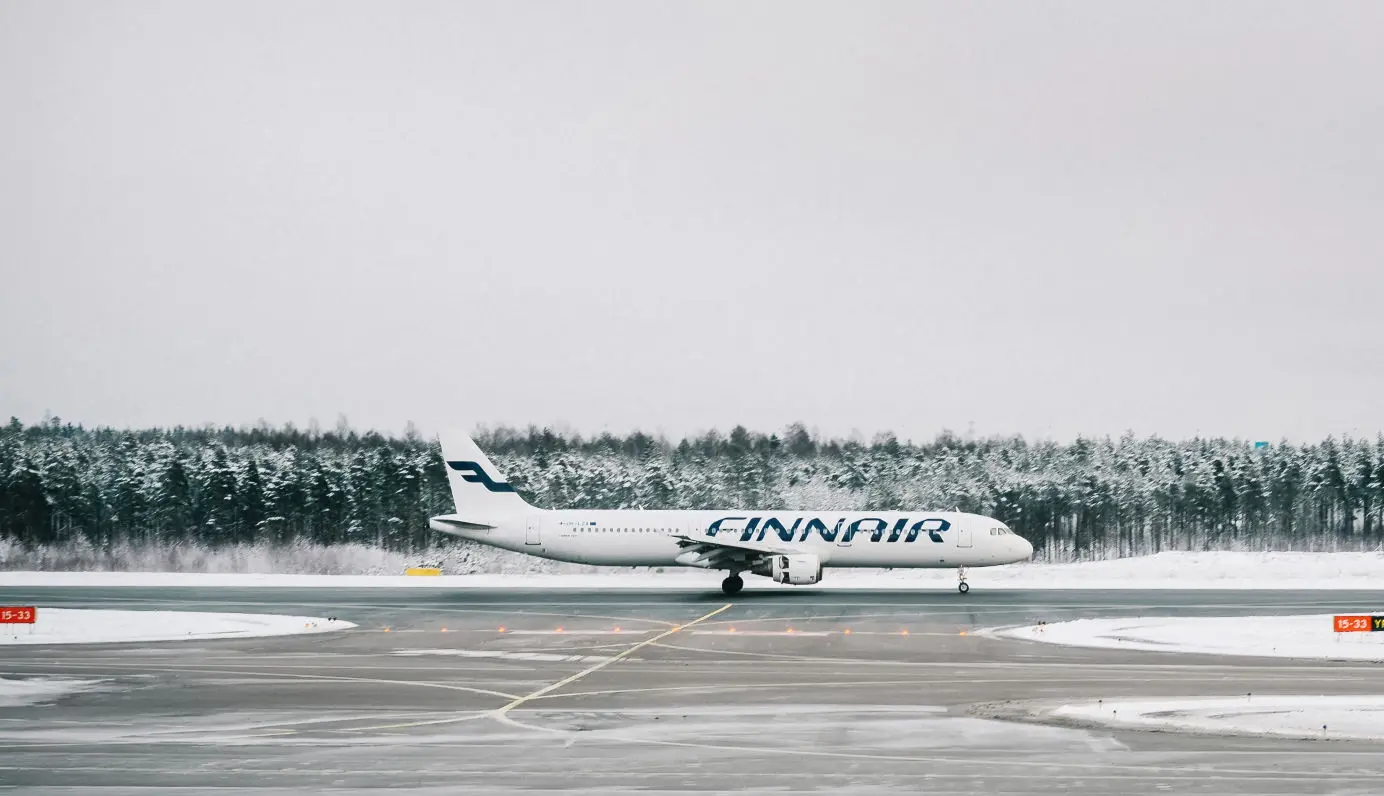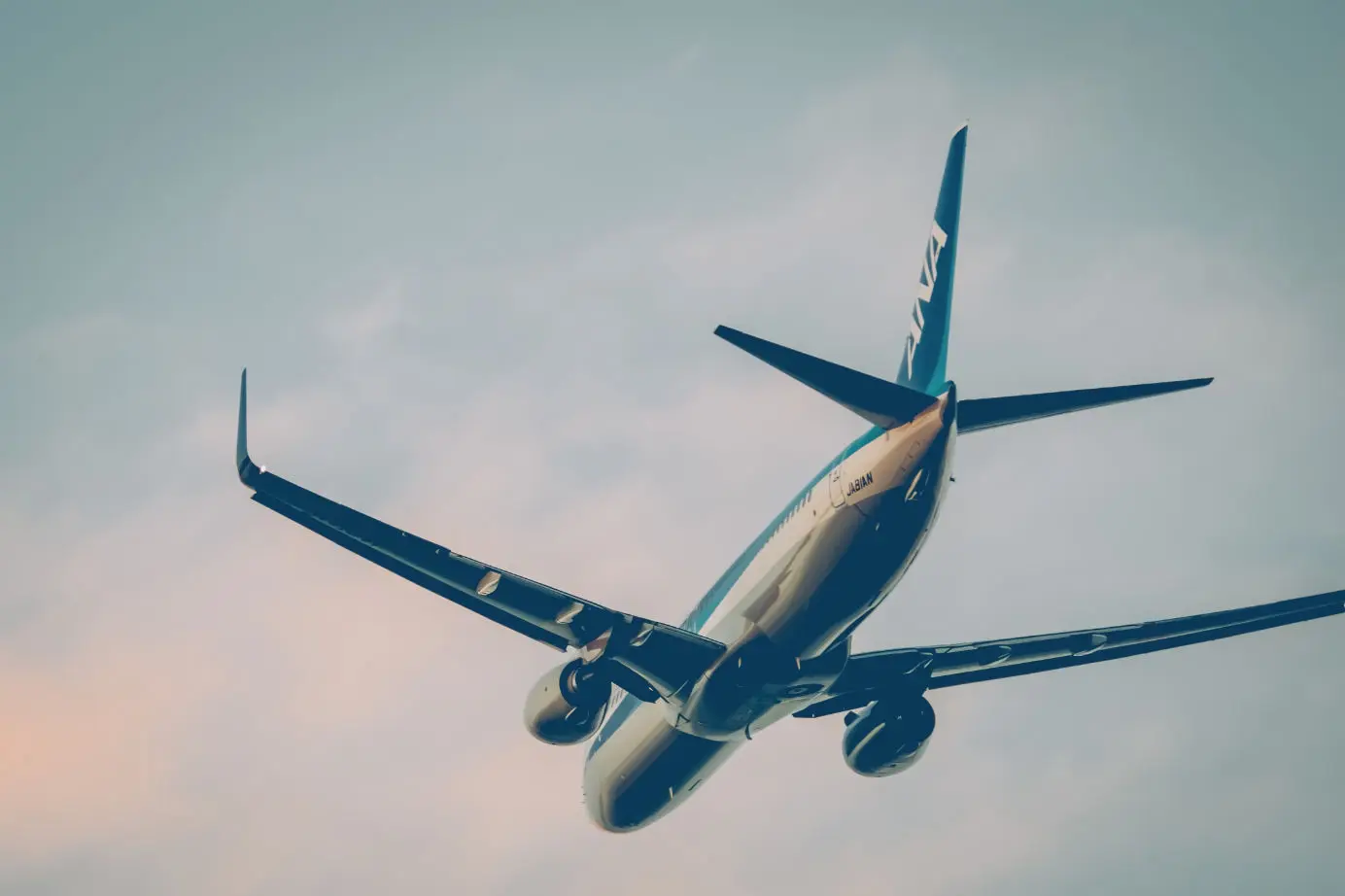
Can a Boeing 737 Dump Fuel?
You have likely heard stories of aircraft ditching fuel in emergencies, but can the Boeing 737 dump fuel? Find out here.
Table of Contents
You may have heard that aircraft, in an emergency, can dump fuel. However, not all aircraft are required to have this feature. In fact, just a limited selection of aircraft have a requirement to have a fuel dumping system on them. So, what about the Boeing 737? Can a Boeing 737 dump fuel? Let's take a look.
Can a Boeing 737 Dump Fuel?
No. At least the stock Boeing 737 does not dump fuel.
As we will discuss in the next section, there is no requirement for any of the Boeing 737 models to have a fuel dumping system in place. This is because they can ditch their fuel in other ways.
Why Would An Aircraft Need To Dump Fuel and Why Does the Boeing 737 Not Need To Do That?
To understand why the Boeing 737 doesn't have a fuel dumping system, there are two things that you need to know first:
- Maximum take-off weight
- Maximum landing weight
As you can imagine, the maximum take-off weight is the maximum weight the aircraft can take off with. This includes fuel, passengers, baggage, the weight of the aircraft itself, etc. If an aircraft exceeds the maximum take-off weight, then it can't take off.
The maximum landing weight is the maximum amount of weight that an aircraft can have when it lands. You don't want the aircraft to exceed this weight during the landing. After all, an aircraft is going to be bouncing on the runway. That bounce, if the aircraft is too heavy, can ruin the structure of the aircraft and damage the landing gear.
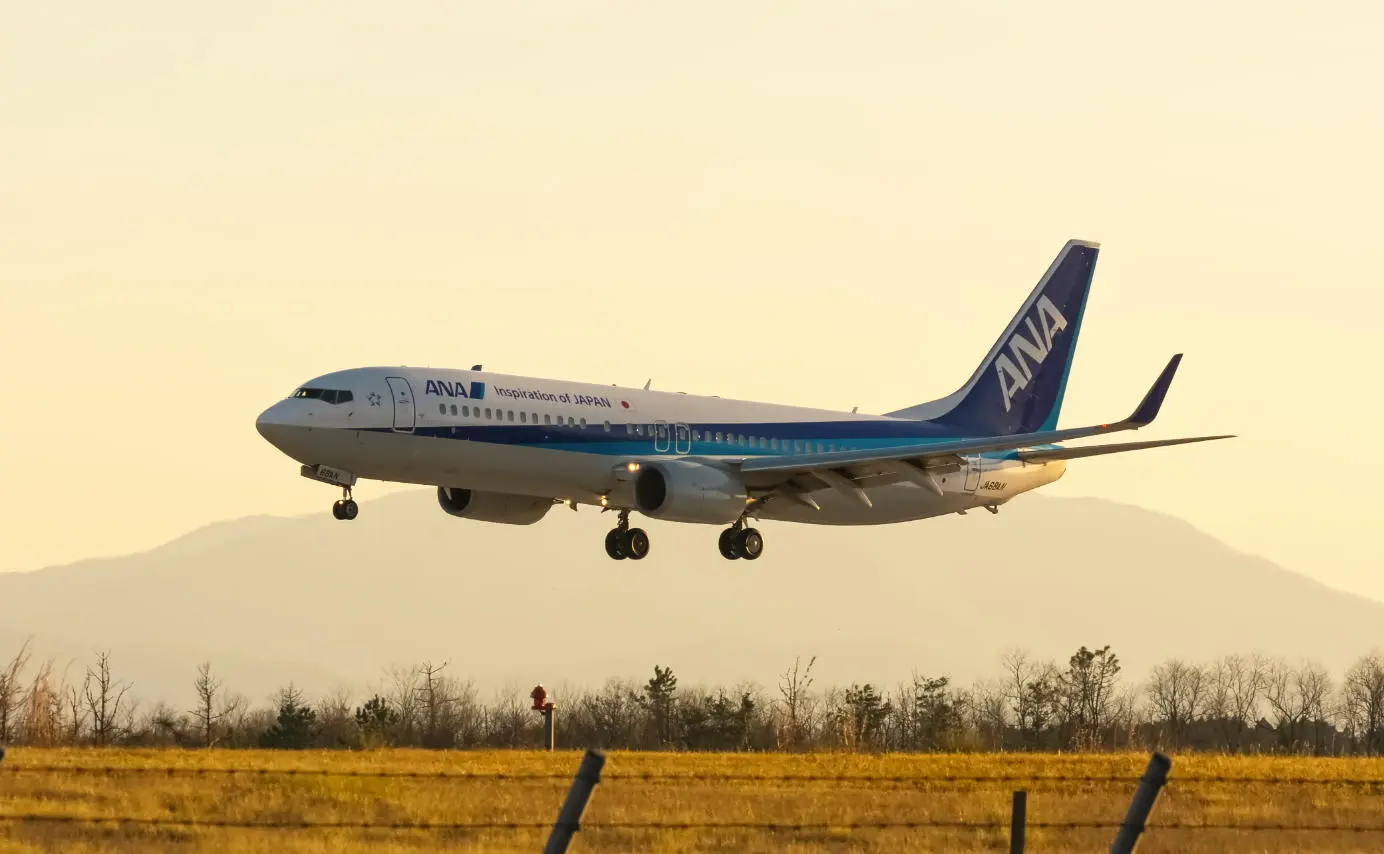
Now, here is where things start to get a little bit more complicated because it is quite legally complex and the rules have changed a little bit over the years. However, we will give you an overview.
The FAA requires that the maximum landing weight be a certain percentage of the maximum take-off weight. A few other things are brought into consideration (we told you it is complicated!) such as the climb speed of the aircraft, fuel burn rate, etc. It is a complex calculation.
Long story short, the Boeing 737 doesn't need to be ditching fuel to meet FAA regulations. There is no need for a fuel-ditching system. If a Boeing 737 needs to ditch weight, it is advised to circle around to burn off weight. It wouldn't take too long for the Boeing 737 to burn off enough fuel for the plane to be able to land safely.
There are cases where an aircraft may need to land in an emergency and it doesn't have the time to burn off the fuel. However, that doesn't really matter here. This is something that will be taken on a case-by-case basis and there are legal protections in place to still allow these aircraft to land even when they are over the maximum FAA guidelines for landing weight.
So, why does a plane need to dump fuel? Well, it is to protect the structure of the aircraft during an emergency landing. There is absolutely no need to ditch fuel unless the plane is landing earlier than anticipated.
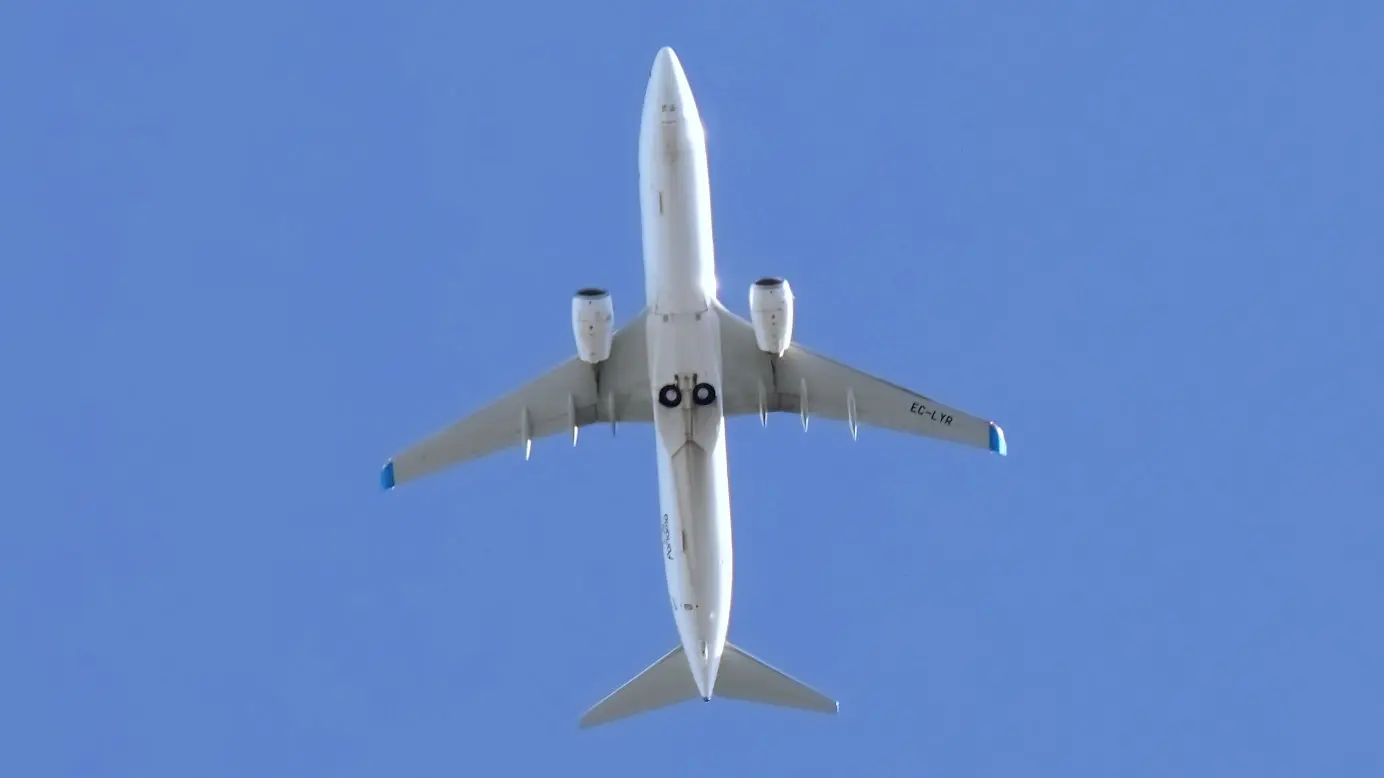
A Boeing 737 doesn't need to ditch fuel because it is not required to do so under FAA regulations. It can land without fuel ditching, or it can burn off fuel pretty quickly to bring it beneath the maximum landing weight requirements.
As a note here; this is not to say that a Boeing 737 cannot be equipped with a fuel dumping system. We are sure that there are some Boeing 737 out there with them included. However, it isn't necessary. Even in an emergency landing situation, they probably would never be used.
What Happens To The Fuel That Is Dumped?
It should evaporate in the air.
When an aircraft dumps fuel, it will do so at a reasonably high altitude wherever possible. This means that it is never going to sink through to the ground. Anything that does get through is going to be incredibly minuscule and have no impact on the environment.
Things do get a bit trickier if fuel is being dumped at a low altitude, though. That fuel likely will hit the ground. If fuel needs to be dumped at a low altitude, it is best practice to ditch the fuel over an unpopulated area wherever possible. Although, not much can be done if that isn't possible.
Has It Happened Before? And When?
Aircraft dump fuel on a fairly regular basis if there is a risk of them landing overweight. It is very rarely discussed, though. We certainly couldn't find any examples of a Boeing 737 needing to ditch fuel because the aircraft has no way to do so.
Shortly before we wrote this article, a Lufthansa Boeing 747 did need to ditch fuel due to an emergency. The flight was LH431 on December 4th, 2022.
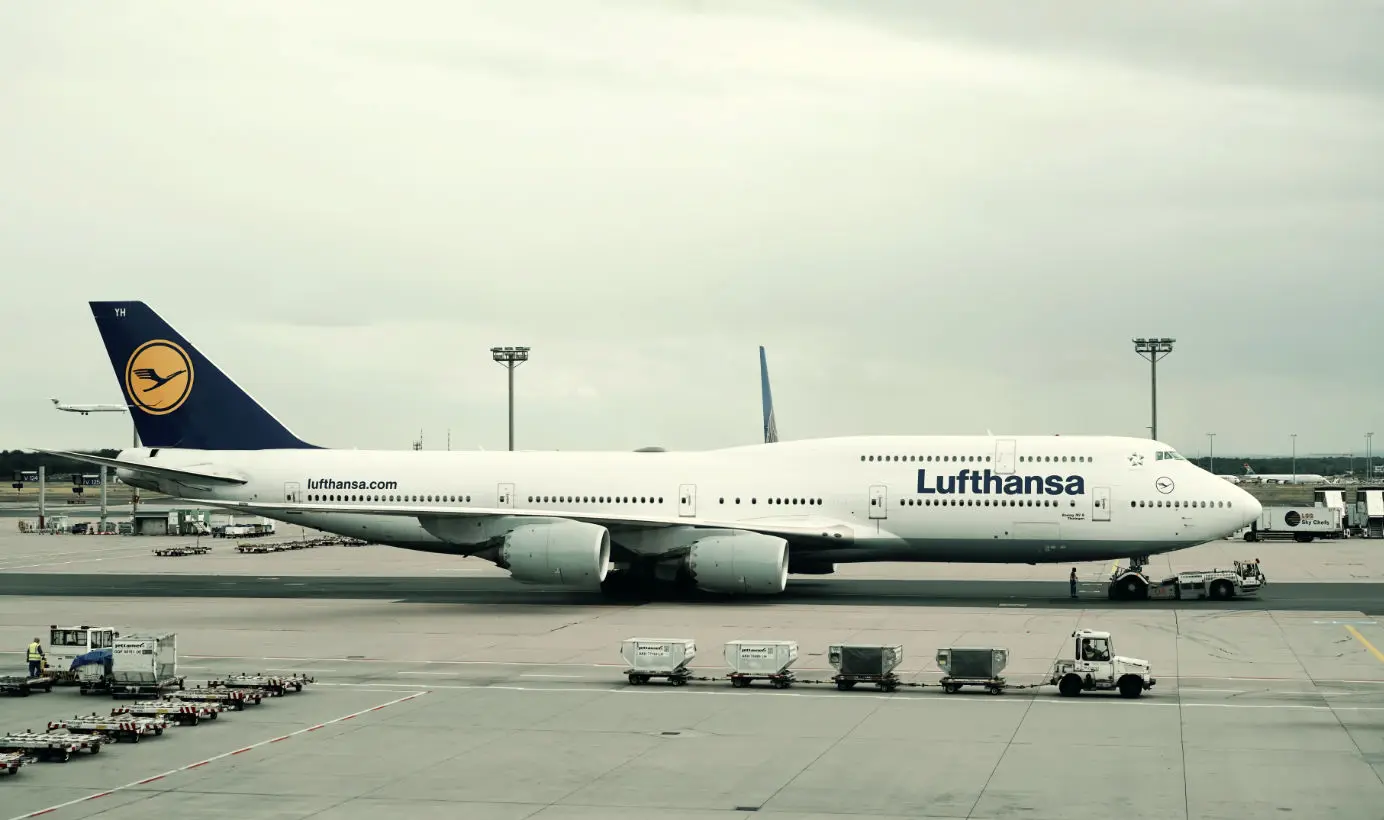
This flight was traveling between Chicago O'Hare and Frankfurt.
Due to cabin pressurization issues, the aircraft had to return to Chicago O'Hare about 50 minutes into the flight. Because it was still loaded up with fuel at this time, it had to be dumped to lower the aircraft's weight.
Outside of this, you may find aircraft ditching tiny amounts of fuel every so often. Fuel is expensive, and airlines don't want to be dumping too much of it. If they do dump it, it is likely because they are ever so slightly overweight just before the landing.
Final Thoughts
So, there you have it. A Boeing 737 doesn't have a fuel dump as it doesn't need a fuel dump. Other aircraft do, but the 737 never has, even when the FAA rules were slightly different.
Planenerd Newsletter
Join the newsletter to receive the latest updates in your inbox.

